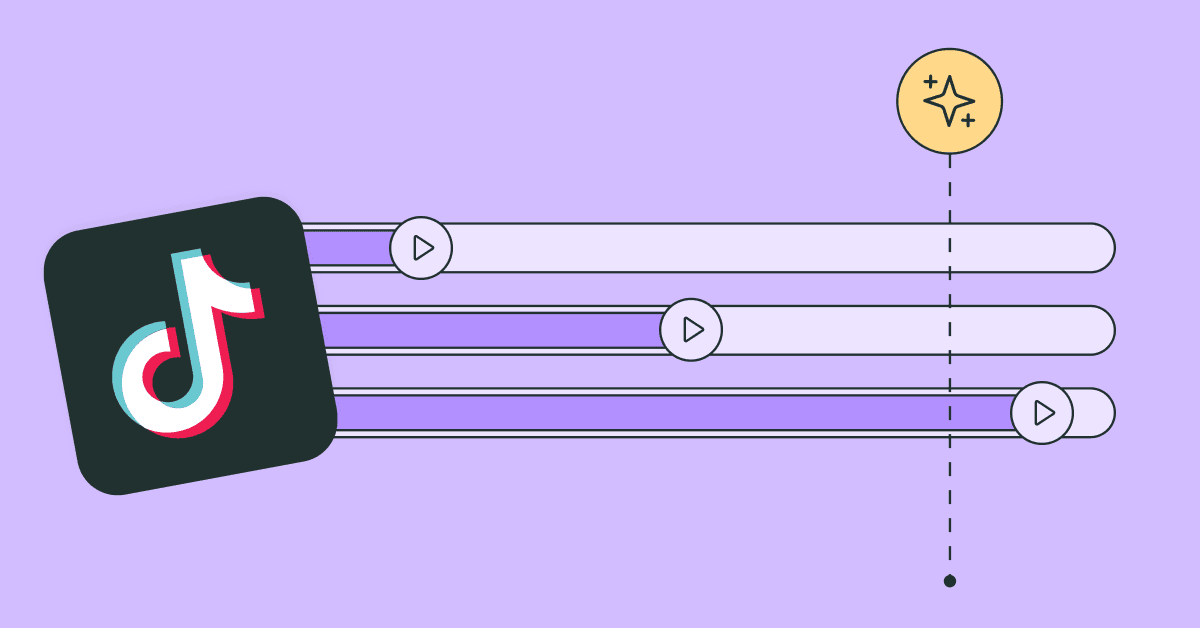Optimizing title tags, meta descriptions, and URLs is essential for improving a website’s SEO performance. These elements significantly impact search rankings, click-through rates (CTR), and user experience. By following SEO best practices, businesses can enhance visibility on search engine results pages (SERPs) and attract more traffic. Proper title tag optimization, meta description SEO, and a well-structured URL can improve Google ranking factors and contribute to effective on-page SEO. Understanding search engine optimization techniques ensures that these elements align with Google’s requirements and user intent.
Importance Of Optimizing Title Tags, Meta Descriptions, And Urls
Search engines use title tags, meta descriptions, and URLs to understand page content and relevance. Optimizing title tags, meta descriptions, and URLs improves a site’s chances of appearing in relevant search results.
Title Tag Optimization
A well-crafted title tag plays a crucial role in SEO best practices. It is the first thing users see in search results, making it vital for capturing attention. Title tag optimization involves using targeted keywords naturally while keeping it under 60 characters. Google ranking factors favor clear, concise, and relevant titles.
- Include the primary keyword at the beginning.
- Avoid keyword stuffing while maintaining readability.
- Ensure it accurately reflects the content to improve CTR improvement.
Meta Description SEO
A compelling meta description improves click-through rates by summarizing page content effectively. Meta description SEO involves writing engaging summaries with keywords while keeping them under 160 characters. Google ranking factors consider well-optimized meta descriptions beneficial for SERP optimization.
- Use action-oriented language to encourage engagement.
- Incorporate SEO-friendly URLs and relevant keywords naturally.
- Maintain clarity while highlighting unique selling points.
URL Structure For SEO
A properly structured URL enhances usability and search engine rankings. URL structure for SEO should be simple, readable, and relevant to the content. A good SEO-friendly URL improves indexing and user experience.
- Keep URLs short and descriptive.
- Use hyphens instead of underscores.
- Avoid unnecessary parameters and numbers.
- Include the main keyword without overstuffing.
Best Practices For Optimizing Title Tags, Meta Descriptions, And URLs
By implementing search engine optimization techniques, websites can achieve higher rankings and better user engagement. The following SEO best practices ensure each element is properly optimized:
- Use Unique And Relevant Title Tags
- Avoid duplicate title tags across pages.
- Align the title with search intent.
- Implement title tag optimization for improved rankings.
- Write Compelling Meta Descriptions
- Make descriptions enticing to boost CTR improvement.
- Include a clear call-to-action.
- Apply meta description SEO strategies to enhance visibility.
- Ensure A Clean And Simple URL Structure
- Keep URLs logical and easy to understand.
- Follow URL structure for SEO by removing unnecessary words.
- Use lowercase letters for consistency and readability.
Common Mistakes To Avoid
While optimizing title tags, meta descriptions, and URLs, businesses must avoid common pitfalls that can negatively impact rankings.
- Keyword Stuffing: Overloading keywords reduces readability and harms SERP optimization.
- Generic Titles And Descriptions: Vague elements fail to attract clicks.
- Complex URLs: Long, confusing URLs deter users and search engines.
- Ignoring Google Ranking Factors: Not following SEO best practices may lead to lower visibility.
Measuring The Effectiveness Of Optimization
To ensure that optimizing title tags, meta descriptions, and URLs leads to positive results, tracking key performance indicators (KPIs) is essential. Google Analytics and Search Console provide insights into search engine optimization techniques and effectiveness.
- CTR Improvement: Measures the effectiveness of meta descriptions and title tags.
- Search Rankings: Tracks performance based on Google ranking factors.
- Bounce Rate: Indicates user engagement and relevance of content.
- URL Performance: Evaluates whether SEO-friendly URLs improve search rankings.
Optimizing title tags, meta descriptions, and URLs is a fundamental aspect of on-page SEO. By following on-page SEO best practices, businesses can enhance search rankings, boost click-through rates (CTR) improvement, and create a better user experience. Implementing title tag optimization, meta description SEO, and URL structure for SEO ensures alignment with Google ranking factors. Avoiding common mistakes and continuously tracking performance will lead to sustained growth in search engine visibility and engagement.
Source: BrandCom






